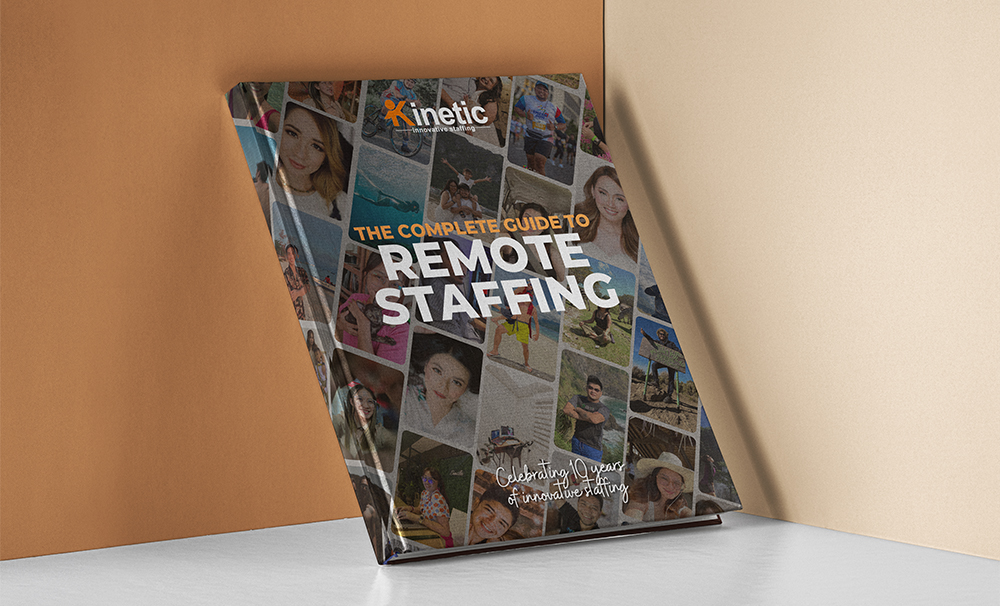Remember the time when you left the office at 5pm and nobody expected to hear from you until 9am the next day? Sounds ridiculous now, doesn’t it?
The truth is hasn’t been that long ago when it was the norm. The smart phone only became mainstream in the mid-2000s after the ground-breaking launch of the Blackberry 5810 in 2002, which introduced the world’s first device to merge a two-way messenger device with a cell phone; revolutionising remote communications forever.
Although the Blackberry didn’t outlast the subsequent innovation of the Apple iPhone in 2007 and of other manufacturers, its technology was an absolute game changer for workplaces around the globe as it led to the acceptance of the concept of the remote worker.
Desktop PCs and laptops had already enabled remote staffing through the Internet and cloud based file sharing, making working from home possible, but the smart phone took it to a whole new level. Now employees could ‘work from anywhere’ and their clients and co-workers wouldn’t have a clue where they were working from.
Technology has magnanimously enabled a global growth in outsourcing and offshoring, as many businesses are now entirely comfortable with the concept of employees not being in the same building to carry out their jobs.

When asked about their own outsourcing habits, more than half of respondents in a Deloittes study replied by saying that “developments in enterprise mobility, big data, hosted virtual desktop, business process as a service, and cloud computing will continue to increase their outsourcing.”
Offshoring solutions providers are adapting their processes to suit this growing trend. Kinetic Innovative Staffing uses the most up-to-date software available in order to offer clients the ability to have complete transparency over their remote staff.f. Time Doctor software offers a virtual and recorded window into the productivity of staff with far more clarity than can be guaranteed by having a worker in the next room.
Workers in low cost labour markets like the Philippines are used to being monitored in this way, and readily accept this as a function of working remotely.

Imagine how most Australian employees would respond if you told them they were going to have their every keystroke monitored and recorded, and that screen shots would be taken every six minutes and made available to their line manager. Watch this video to catch a glimpse of just how simple and effective this software has made remote staff management.
It’s not just the measurement of productivity and efficiency that we can now manage remotely, but the entire communication process. Simple mobile-enabled technologies like Skype, FaceTime and Zoom allow managers and clients to communicate directly with remote staff as easily as if they were just down the road.
Even ten years ago this would still have been seen as a potential barrier to offshoring; but the global acceptance of video conferencing, instant messaging and short form video content has led to a universal acceptance of the virtual shrinking of the global context.
Offshore service providers provide 24-hour services working multiple shifts to suit clients in different time-zones, meaning that your remote staff are always instantly accessible.

It’s safe to say too that Virtual Reality (VR) innovations like the Oculus Rift or HTV Vive promise to deliver even more excitement, and making geography even less relevant to businesses, with the ability to create fully immersive environments for clients and staff to experience, as if they were virtually there.




